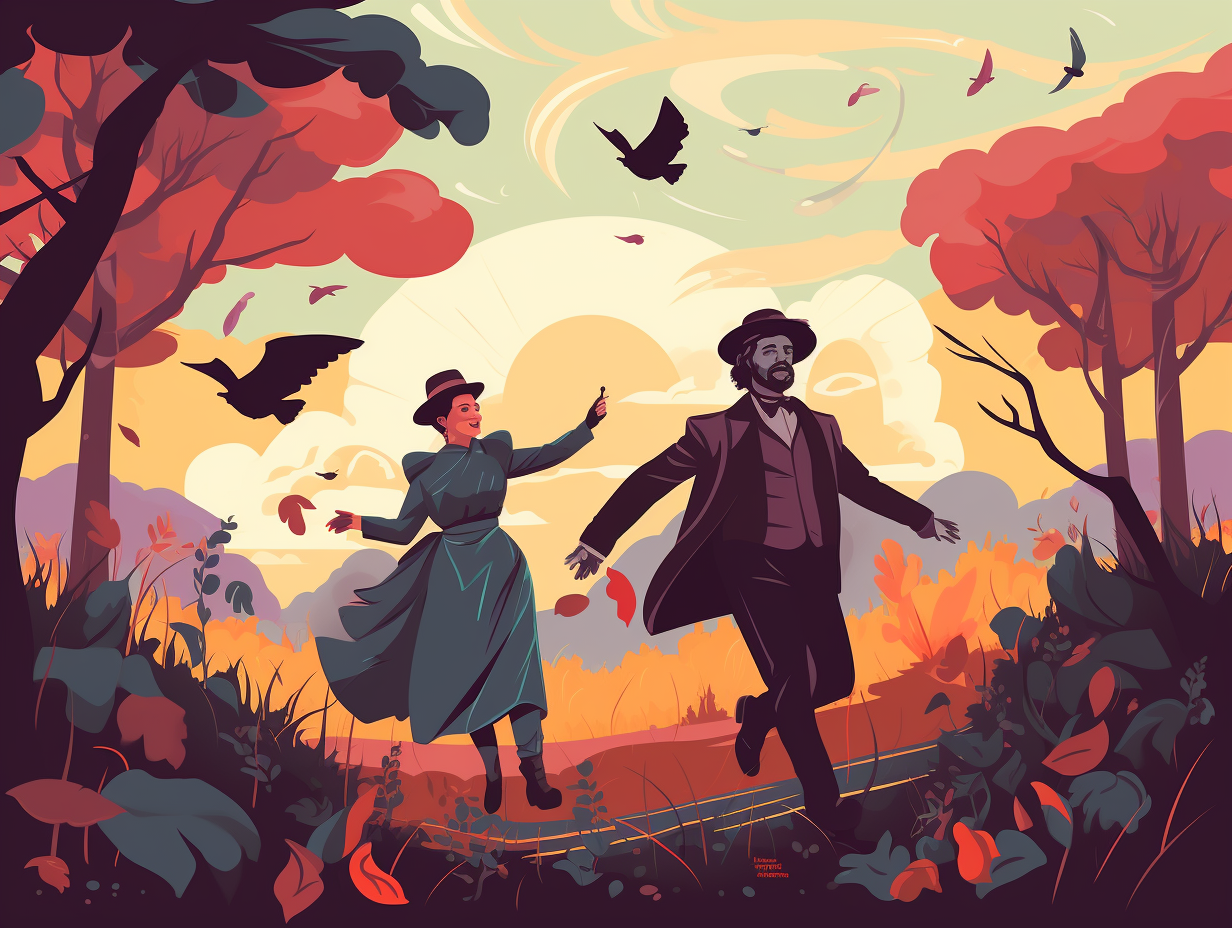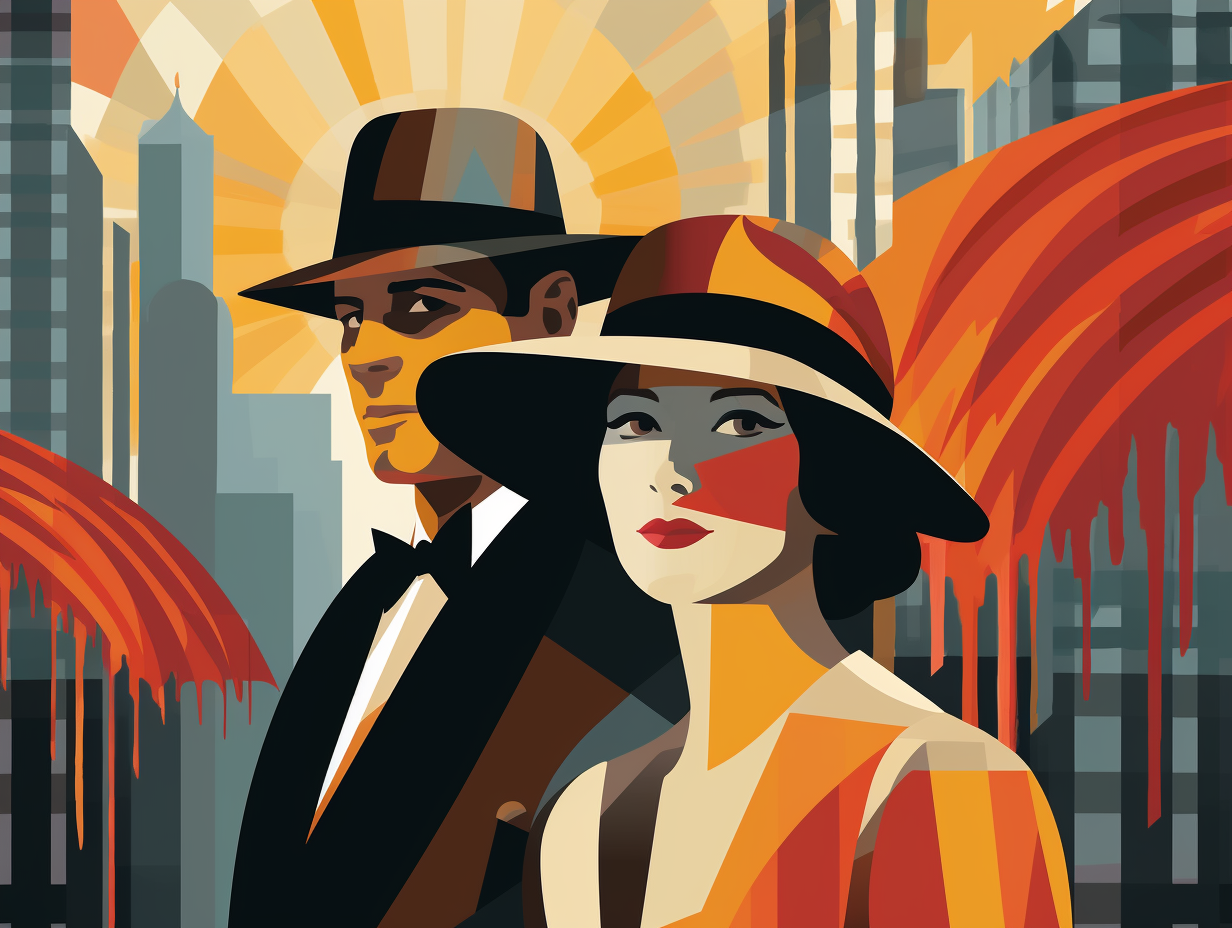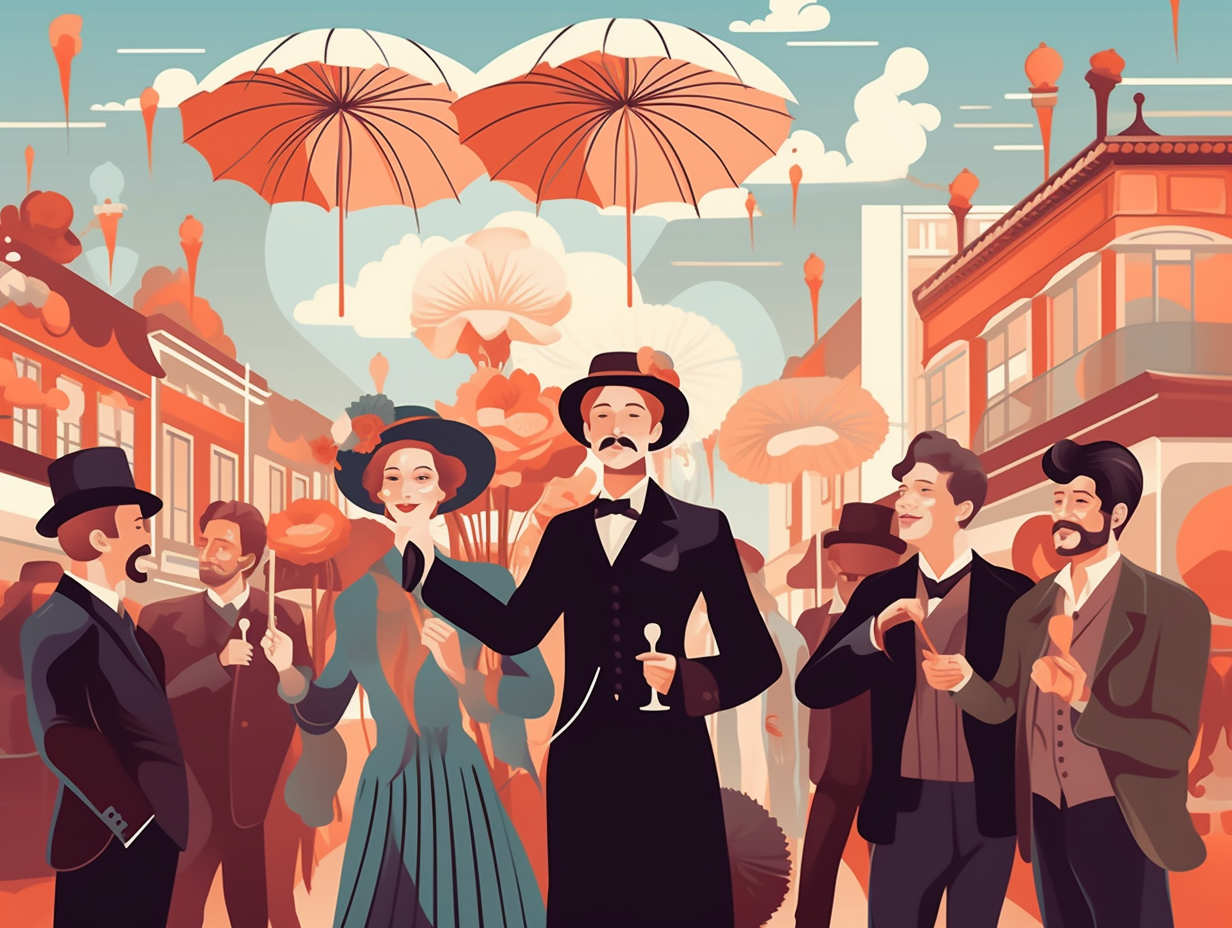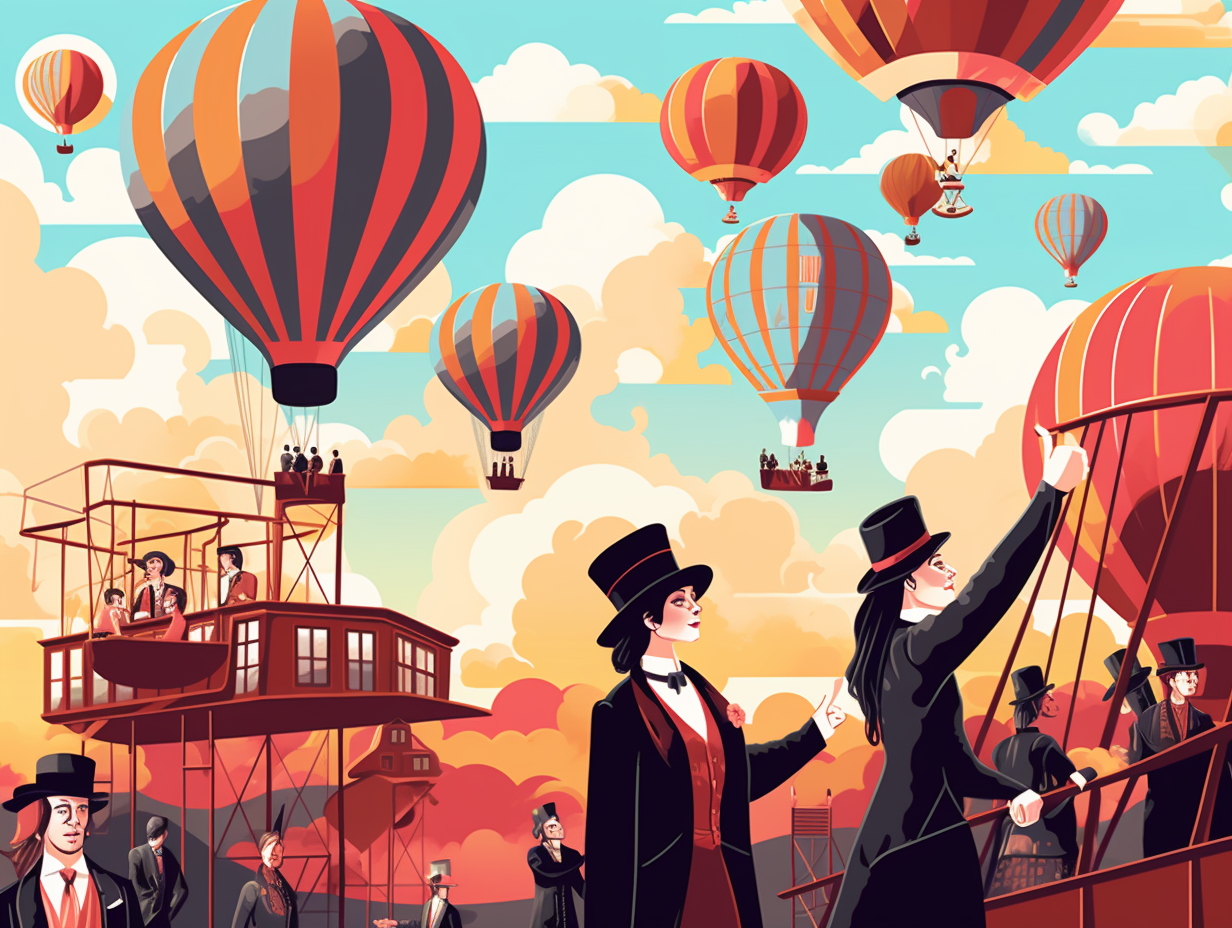Cheers to Change: Top 9 Fun Facts About the Temperance Movement You Never Knew!

1. "Sober Up, Fellas!" Movement
Long before Dry January became the popular New Year's resolution, the 19th-century brought to you a righteous movement – let's call it "Sober Up, Fellas!": The temperance movement started in the United States in the 1820s and 1830s, gathering momentum among evangelical temperance reformers and the middle class, promoting moderation in drinking – particularly avoiding hard spirits – and eventually abstinence from all forms of alcohol.
Source => en.wikipedia.org
2. Lucy Hayes: Sober First Lady
Before Beyoncé made "Lemonade," Lucy Webb Hayes was stirring things up without the booze: As the wife of President Rutherford B. Hayes, she played a significant role in banning alcohol from the White House during her husband's presidency, earning her the title of America's first "sober" First Lady.
Source => whitehouse.gov

Discover the stylish secret behind the fashionable faux feathers that flappers flaunted in the 1920s, keeping our winged friends safe and sound while looking absolutely fabulous! 🐦💃✨
=> Fun Facts about The-1920s
3. Temperance Town, Michigan
Once upon a tipsy town: Temperance, Michigan was named after the alcohol-abstaining Woman's Christian Temperance Union, which was influential during the town's early days. However, the alcohol blinders have since been lifted, and nowadays, Temperance's inhabitants hold a diverse array of views on the spirited matter.
Source => en.wikipedia.org
4. Suffrage & Sobriety: Unlikely Duo
Talk about a double shot of activism with a twist of Women's Suffrage: Susan B. Anthony and Elizabeth Cady Stanton didn't exactly sip the temperance movement Kool-Aid. Instead, they believed women needed more than just sobriety; they also needed political, civil, and economic equality (including the right to vote) to shake up some real change in society. Cheers to that!
Source => rbscpexhibits.lib.rochester.edu

5. Women's Group Flexes Muscle
Ladies and 'libations': Frances Willard, the "matriarch of abstinence," turned the Woman's Christian Temperance Union (WCTU) into a powerhouse for 19th-century female empowerment by expanding their mission from Prohibition to labor laws and prison reform: By diversifying their agenda, the WCTU became one of the most prominent women's groups in history, flexing their influence by battling big vices like tobacco, alcohol, and illegal drugs, while also running a publishing house and being active in schools, long after the Prohibition party ended in 1919.
Source => history.com
6. Mad Hatter-free Tea Parties
When Brits were brewing up a storm of sobriety during the temperance movement, their tea parties were hardly the stuff of Alice in Wonderland – except perhaps for the missing Mad Hatter: In early Victorian Britain, zealous advocates of the movement threw massive tea parties for a sober consumer culture, fostering mixed-gender and cross-class interactions that espoused the virtues of living a religious and abstinent life – all over a cozy cuppa. Interestingly, while tea was seen as fostering well-behaved and energetic workers, there's no historical proof that early temperance champions ever targeted coffee or tea as substances to abstain from!
Source => jstor.org
7. White Ribbon: Sober Squad
Back in the day, if you spotted a group of ladies sporting white ribbons on their attire, it wasn't just a fashion statement, but a battle cry against booze: The White Ribbon Association, established in 1876, was a women-led group that crusaded against alcohol by promoting abstinence and raising awareness about the social impact of drunkenness. With branches throughout England, Wales, and Northern Ireland, they were the ultimate "sober squad" before it was cool. Today, the association still educates the public on the dangers of alcohol, tobacco, drugs, and gambling, but the white ribbon now symbolizes more than just a teetotaler's pride.
Source => white-ribbon.org.uk
8. Booze: The Voldemort of the 19th Century
It was the Voldemort of vices, the "sin that shall not be named" in 19th-century parlors: The temperance movement sure took their Bible thumping seriously when it came to booze! In a God-fearing twist: Bible scenes, lithographs, and cartoons played pivotal roles in promoting abstinence from alcohol, showcasing a divine disdain for drunken debauchery while praising a saintly sobriety. Church groups and religious leaders called the temperance tent their home, finding comfort in the commandments rather than the bottle.
Source => loc.gov
9. Church vs. Saloon Showdown
Back in the day, booze and baptism often went hand in hand, until the temperance movement decided to shake things up like a bartender mixes a cocktail: This social movement led by the Woman's Christian Temperance Union (WCTU) in the 1800s aimed to curb excessive alcohol consumption by promoting abstinence or moderation, replacing saloon visits with church attendance and installing "temperance drinking fountains" as an alcohol-free alternative in public spaces.
Source => dp.la
Related Fun Facts




















